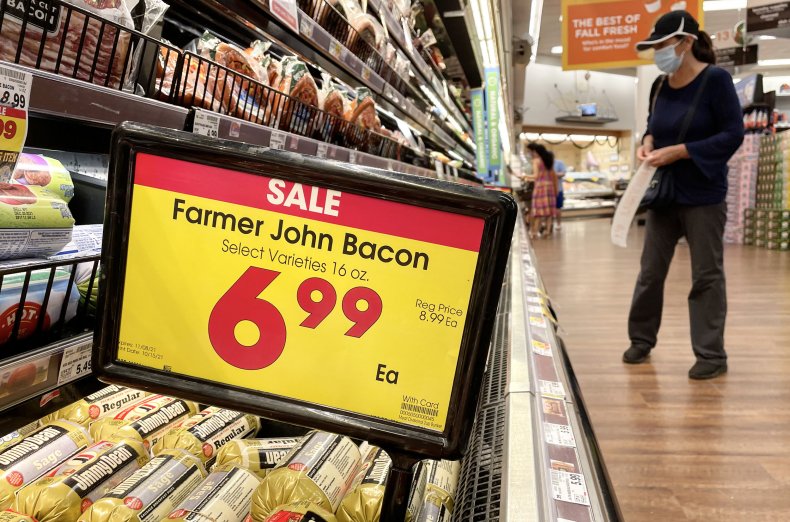U.S. Retail Sales Continue to Show Strong Gains Even as Prices Rise, Supply Threatened
Retail sales in the U.S. saw a seasonally adjusted 1.7 percent rise from September to October, marking the biggest month-to-month gain since March and an increase from the 0.8 percent in the previous month, according to the U.S. Commerce Department. However, the sales increases may reflect higher prices throughout the country and further threaten an already strained supply chain, the Associated Press reported.
The retail sales data released by the U.S. Commerce Department Tuesday is not adjusted to take higher prices into account. Inflation rose 0.9 percent in October, according to the government, and retail gains in some categories are almost completely attributable to increased prices. For example, gas station sales rose 3.9 percent in October as gas prices rose 3.7 percent, the AP reported.
But many retailers have still reported solid sales hikes despite inflated prices, signaling that many American buyers are not discouraged by higher price tags.
Experts believe that global supply chain shortages and snags may take until 2022 or 2023 to even out unless Americans stop buying so much. Even amid the economic woes of the COVID-19 pandemic, shopping has been spurred by factors like stimulus cash and thriving stock markets, causing shortages in the U.S. and much of the world, according to the AP.
Meanwhile, companies are ordering and stockpiling more goods and parts than they actually require in fear of running out, stretching suppliers even thinner and inhibiting attempts to catch up to demand.
For more reporting from the Associated Press, see below:

Solid hiring, strong pay raises, and healthy savings for many households are underpinning robust spending. Americans are also still buying more cars, furniture, and other goods than they did before the pandemic, which is overwhelming U.S. ports and shipping firms and pushing up prices. The solid spending last month suggests the holiday shopping season is off to a strong start.
Walmart and Home Depot reported rising sales and solid profits, though both companies saw their costs climb because of supply chain disruptions. Walmart said its consolidated gross profit rate took a hit primarily due to increased supply chain costs, in addition to other issues.
Businesses and other employers are rapidly increasing pay to fill a near-record number of open jobs. Wages and salaries jumped in the July-September quarter, compared with a year earlier, by the most in 20 years. That's giving more Americans extra money to spend.
Yet inflation has eroded those gains for most Americans. Prices jumped 6.2 percent in October from a year earlier, the government said last week, the most in 31 years.
Still, a wide range of stores reported healthy sales gains, including online retailers, which reported an increase of 4 percent last month. Sales at electronics and appliance stores rose 3.8 percent. Both figures suggest shoppers are already stepping up their holiday shopping. Auto sales rose 1.8 percent as auto manufacturing has perked up.
Sales at restaurants and bars, however, were flat last month, a sign that Americans are still spending more on goods than services, a key reason for all the supply chain snarls.


